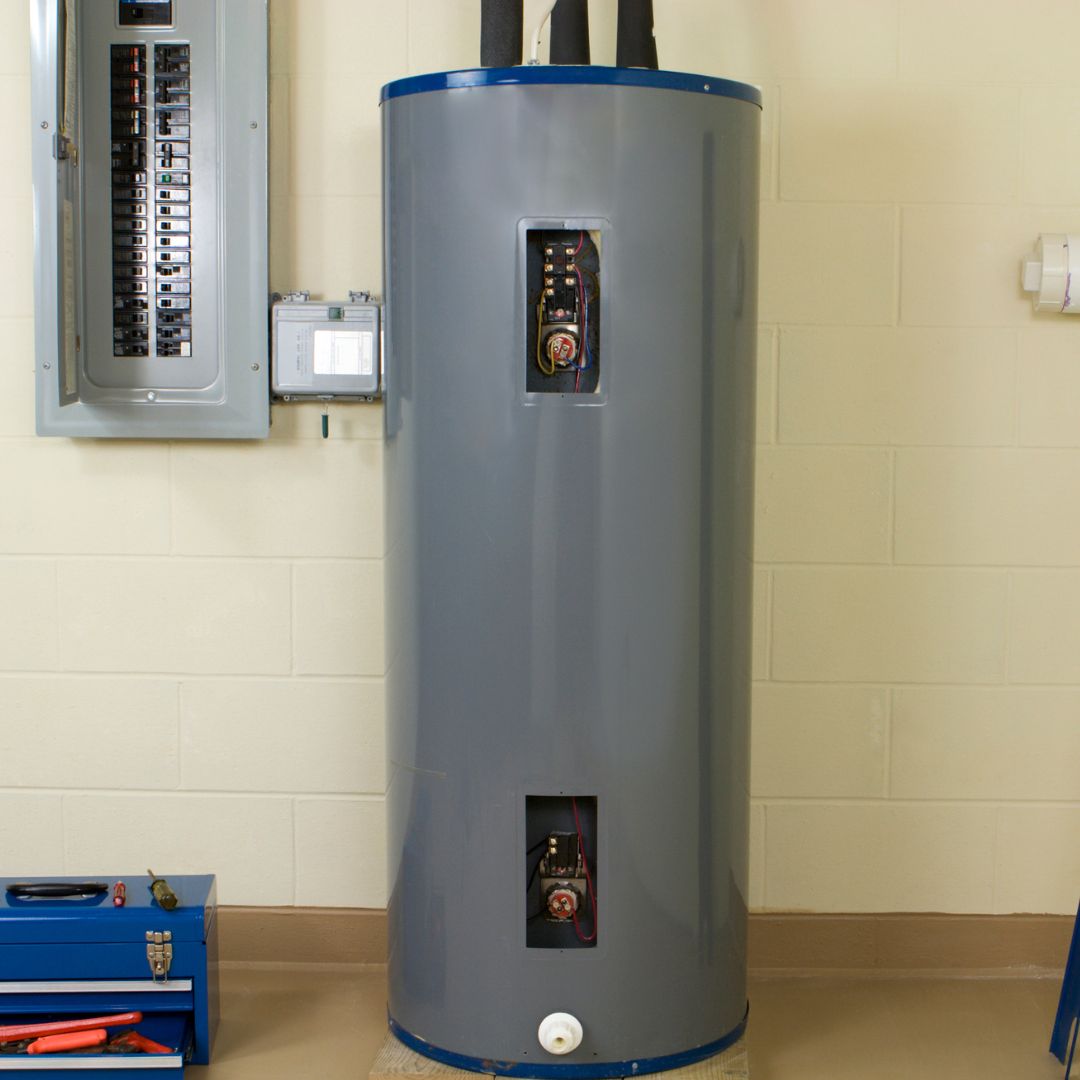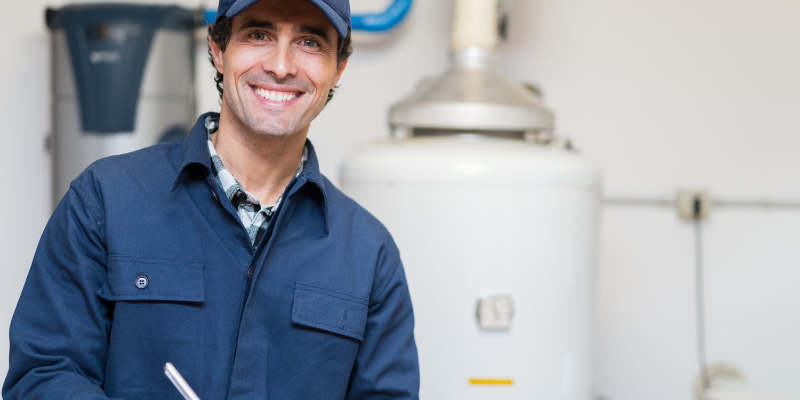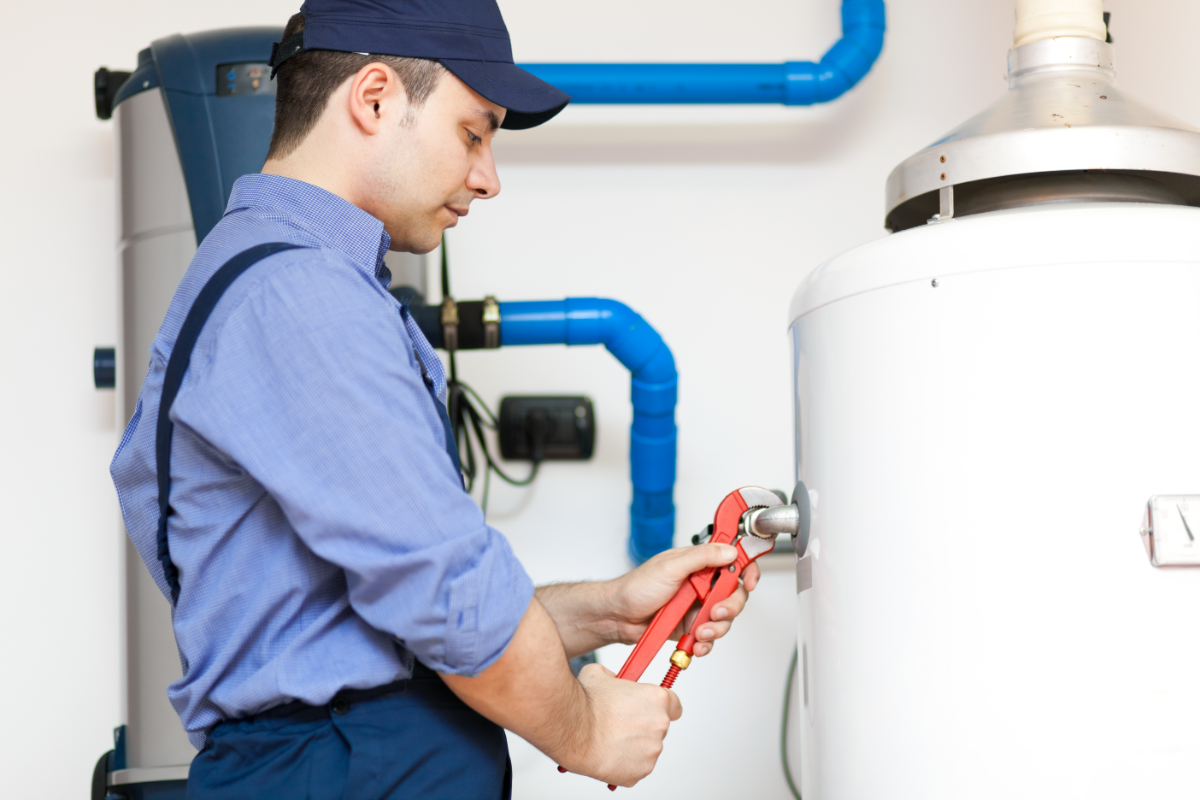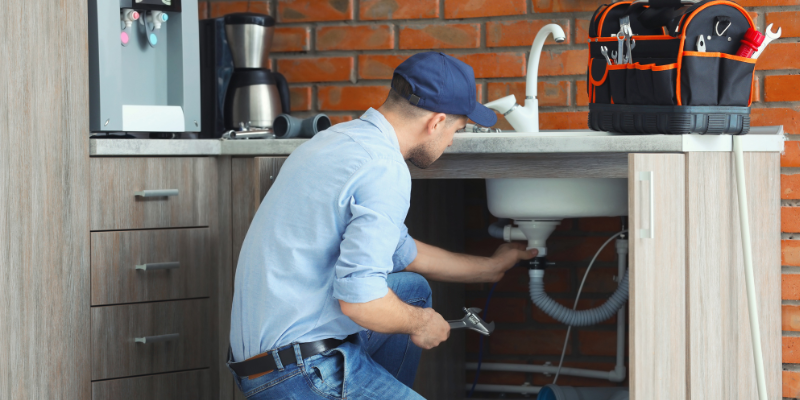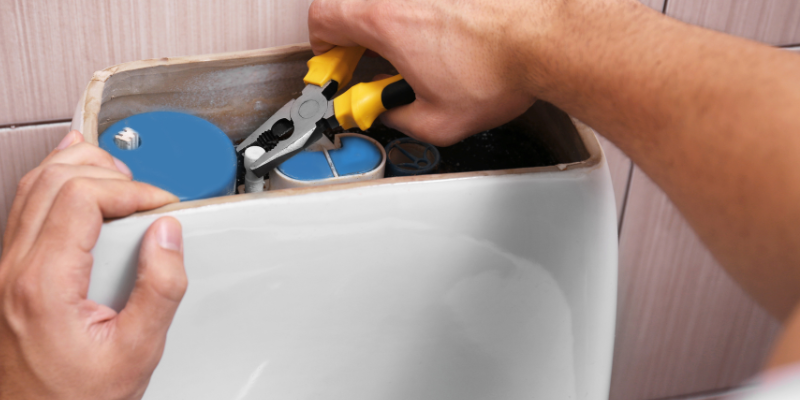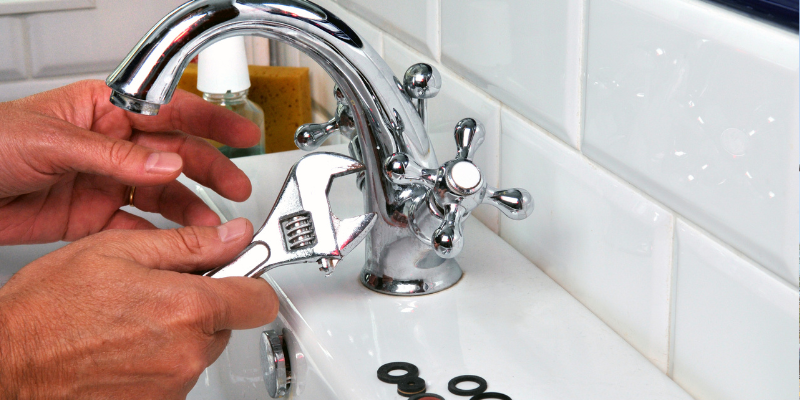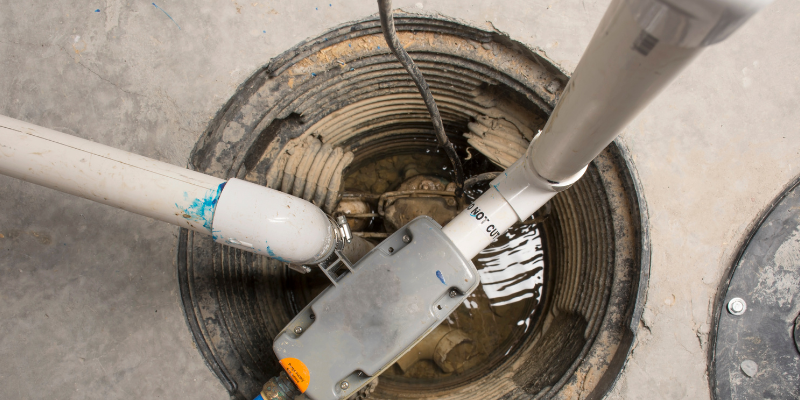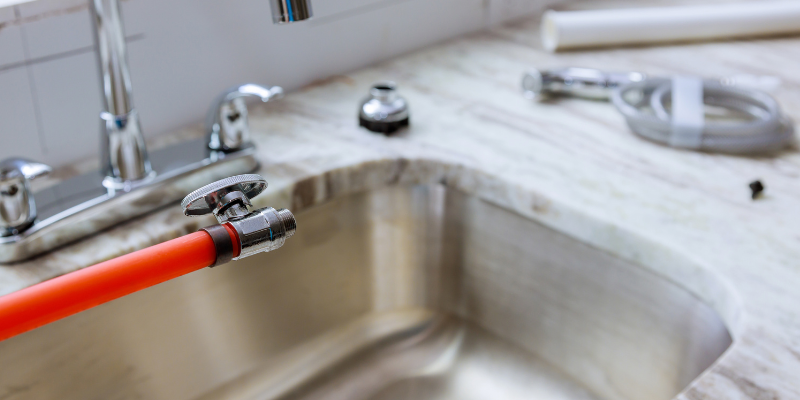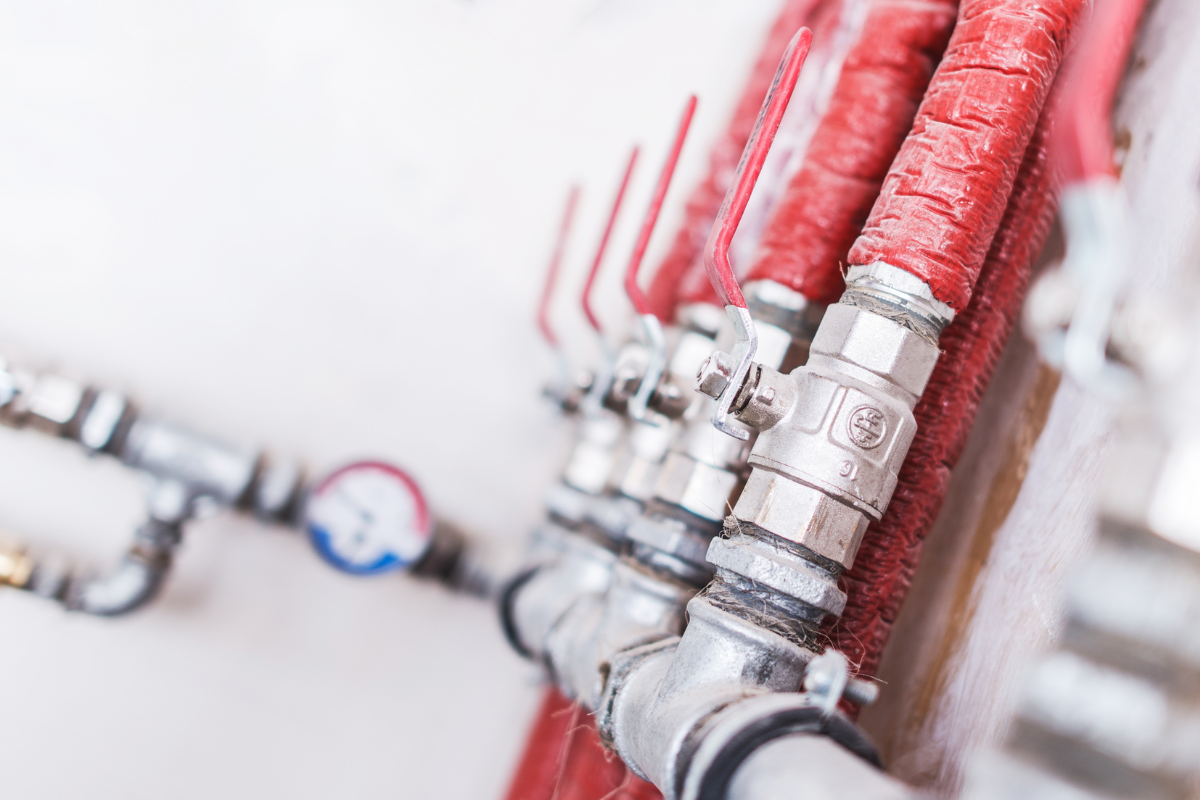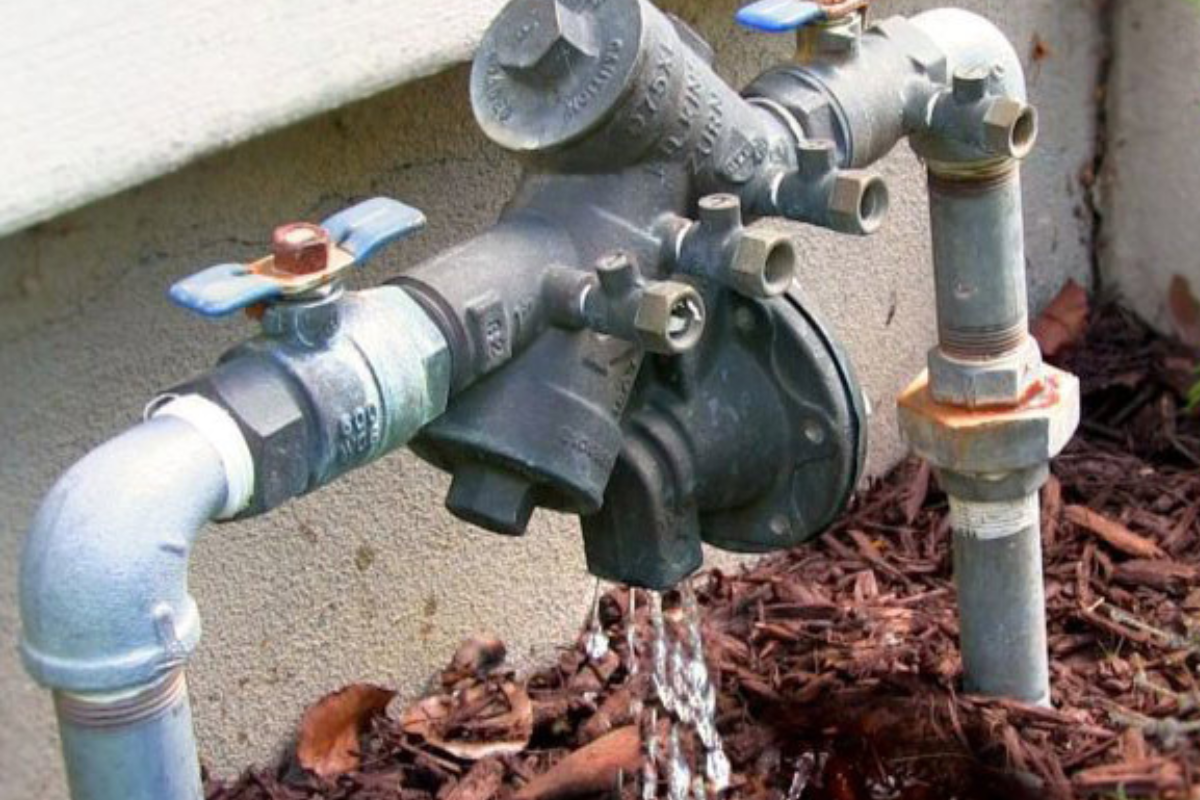How to Detect Plumbing Leaks Before They Cause Major Damage
How to Detect Plumbing Leaks Before They Cause Major Damage
Plumbing leaks are sneaky problems that can cause significant damage to your home if left unchecked.
Whether it’s a small drip or a larger leak, the longer it goes undetected, the more likely it is to lead to expensive repairs, water damage, and even mold growth.
Fortunately, there are several ways to detect plumbing leaks early before they spiral out of control.
Here’s how you can protect your home from costly damage by identifying plumbing leaks early.
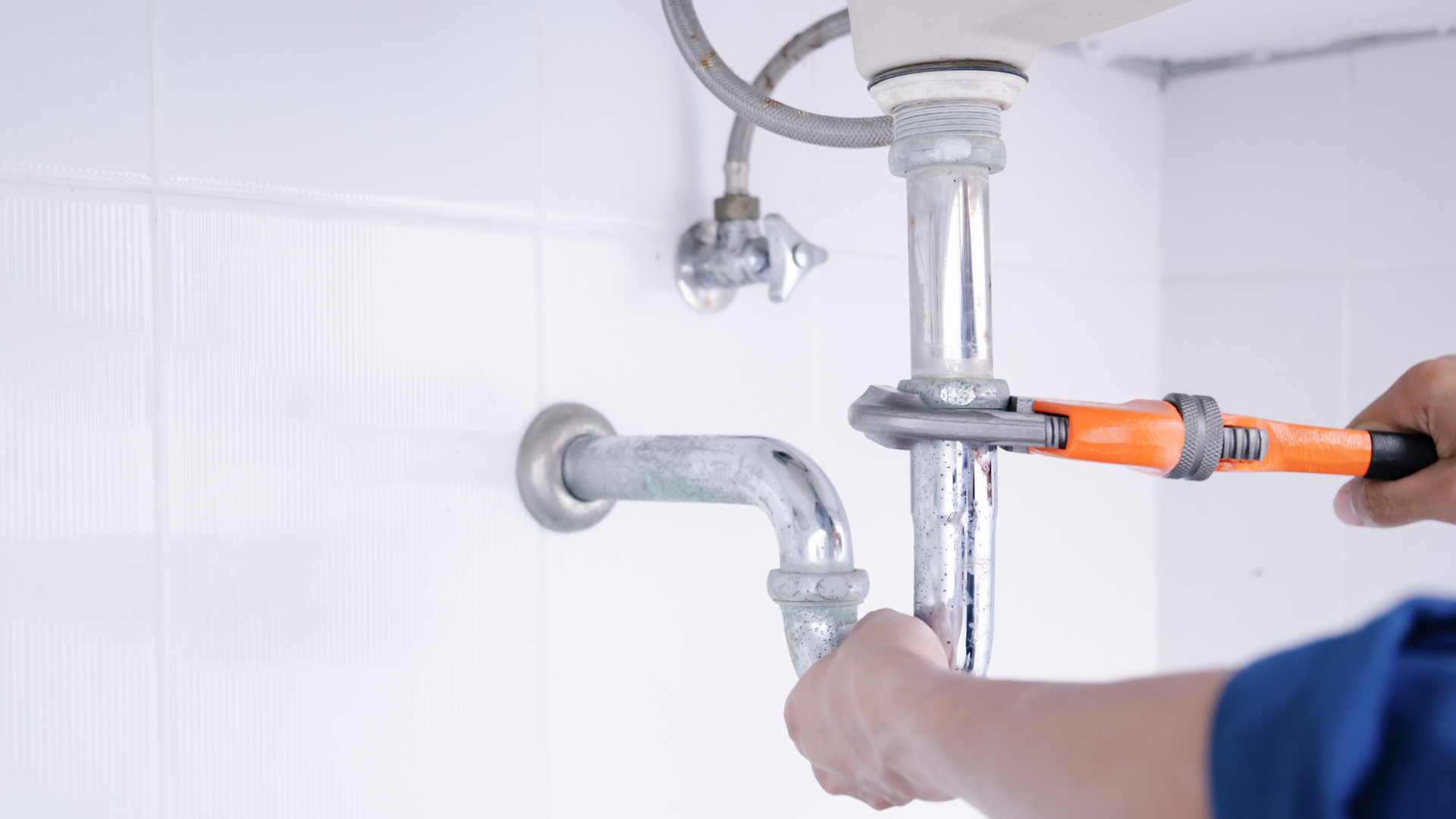
1. Check Your Water Meter
One of the easiest ways to spot a hidden plumbing leak is by checking your water meter.
First, make sure no water is being used in your home (turn off faucets, appliances, etc.).
Then, take a look at your water meter and note the reading. After a few hours, check it again.
If the reading has changed without any water being used, there’s a good chance you have a leak somewhere in your plumbing system.
2. Look for Water Stains or Discoloration
Water stains or discoloration on your walls, ceilings, or floors are often signs of a leak.
These stains may appear yellow, brown, or even dark and could indicate that water is slowly seeping through your walls or ceiling.
Keep an eye out for any damp spots, especially in areas like bathrooms, kitchens, or near pipes.
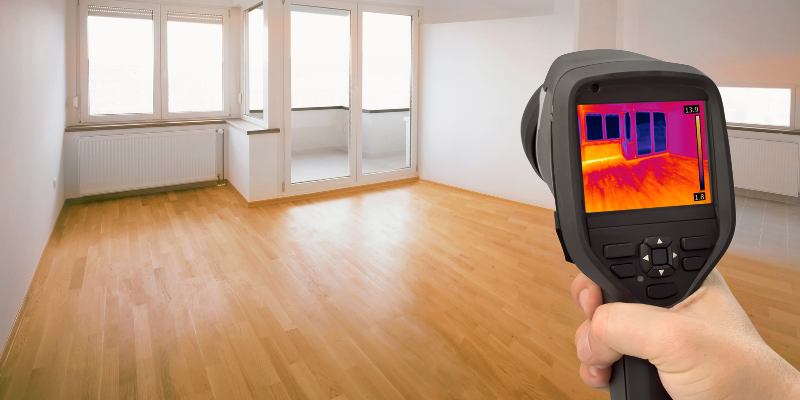
3. Monitor Your Water Bills
If your water bills have suddenly increased without any apparent reason, this could indicate a plumbing leak.
Even small leaks can add up over time, causing your water usage and consequently, your bills to rise.
Keep track of your monthly water usage and compare it to previous bills to spot any unusual spikes.
4. Listen for Running Water Sounds
Even when no faucets are on, you may hear the sound of water running through your pipes.
This could be a sign of a hidden leak.
If you notice water sounds when everything is off, it’s worth investigating further to locate the source of the leak.
5. Check for Unexplained Mold or Mildew Growth
Mold and mildew thrive in damp environments, and plumbing leaks can create the perfect conditions for them to grow.
If you spot mold or mildew, especially in places where water pipes run, you might have a hidden leak causing the excess moisture.
In addition to being harmful to your health, mold can also lead to extensive property damage if not addressed.
6. Inspect for Damp or Soft Spots in Flooring
If you notice soft spots or areas where the floor feels damp, it could be a sign of a plumbing leak beneath the surface.
This is especially common in bathrooms, kitchens, or areas where pipes run underneath the floor.
Over time, water can weaken the subflooring and cause structural damage.
Call Dogwood Plumbing
Early detection of plumbing leaks is key to preventing major damage to your home.
Regularly monitor your water meter, keep an eye out for water stains, listen for strange sounds, and inspect your home for signs of mold or dampness.
If you notice any of these red flags, it’s important to call a professional plumber as soon as possible.
The sooner you address a leak, the less likely it is to cause expensive repairs and property damage.
Stay proactive and protect your home from hidden plumbing problems!
Call Dogwood Plumbing for all your plumbing repair needs, we will get the job done right at a price you can afford.

Dogwood Plumbing Your Local Plumber
Need a Local Plumber?
Whether it’s a
leaky faucet,
water heater replacement, or an
emergency plumbing repair, the trusted pros at
Dogwood Plumbing are ready to handle all your
plumbing repairs.
Proudly serving Alabama communities: Calera, Pelham, Hoover, Helena, Chelsea, Alabaster, Montevallo, Birmingham and more!
📞 Contact Dogwood Plumbing today — We are here for you.
